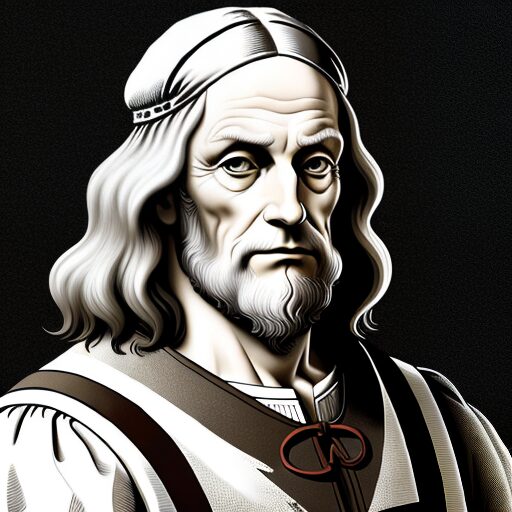BOOKS ABOUT ART
The Genius of Leonardo da Vinci
A Journey Through Walter Isaacson’s Biography.
Exploring New Horizons
A Journey Beyond Design: Insights from 'The Innovator's Mind'
In the annals of history, few names shine as brightly as that of Leonardo da Vinci. He was ‘the most fascinating man who ever lived’ in the words of Bill Gates. A polymath whose genius knew no bounds, Leonardo’s contributions to art, science, and innovation have left an indelible mark on humanity. Walter Isaacson’s biography, “Leonardo da Vinci,” invites readers to embark on a captivating journey through the life and mind of this extraordinary Renaissance figure.
Isaacson, a masterful storyteller with a penchant for unraveling the complexities of genius, delves deep into the intricacies of Leonardo’s life, offering readers a nuanced portrait of the man behind the myth. The author digs deeper into creative process and how, like all genius, he was motivated by friends and inspired by competitors and past masters. From his beginnings in Vinci, Italy, to his ascent as one of the most revered artists and thinkers of all time, Leonardo’s journey is one of relentless curiosity and unwavering determination.
What sets Isaacson’s biography apart is its meticulous attention to detail and its ability to seamlessly blend narrative with analysis. Through extensive research and careful examination of Leonardo’s notebooks and artworks, Isaacson uncovers the myriad facets of his subject’s intellect, from his groundbreaking anatomical studies to his visionary ideas on engineering and flight.
Bill Gates, an owner of one of Leonardo’s sketchbooks, lent his treasure to Isaacson to study. All those studies bring us to his fascinating mind. Although a known procrastinator, Leonardo was always going from one sketch to the other, as his interests changed very quickly. he used, for example, to spend ours looking at birds to figure out their flight mechanisms to sketch and learn. The same with water twirls on the river.
Isaacson’s vivid prose brings to life the splendor of Leonardo’s masterpieces, from the enigmatic smile of the Mona Lisa to the timeless beauty of “The Last Supper.” But beyond the art lies a deeper truth—a testament to the power of curiosity, creativity, and relentless perseverance.
In the end, “Leonardo da Vinci” is more than just a biography; it is a celebration of the human spirit and the boundless potential of the human mind. Through Isaacson’s expert storytelling, readers are not only invited to explore the life of a genius but also inspired to embrace their own capacity for innovation and imagination. Have you ever heard about the Prado copy of the Monalisa? Isaacson tells us the story of both pictures, but I want to add here a personal experience.
Visiting the Prado last winter, I saw the Prado copy. But to my surprise, asking the museum guide, they scanned the picture under X-rays and found designs belonging to Leonardo under the payers of painting.
Leonardo has a very characteristic way of designing shadows and all: as he was a leftist, his shadows go always left to right. So the Prado dopy is not just a copy, but a work painted by the master himself (with the help of his assistants, as all Renaissance creators.
To conclude, in the words of Leonardo da Vinci himself, “Learning never exhausts the mind.” And in the pages of Walter Isaacson’s biography, we are reminded of the enduring truth of these words.
Join Our Reader Community!
Love what you’re reading? Don’t forget to leave a comment below, share this post with fellow book lovers, or subscribe to our blog for the latest updates on all things books!

